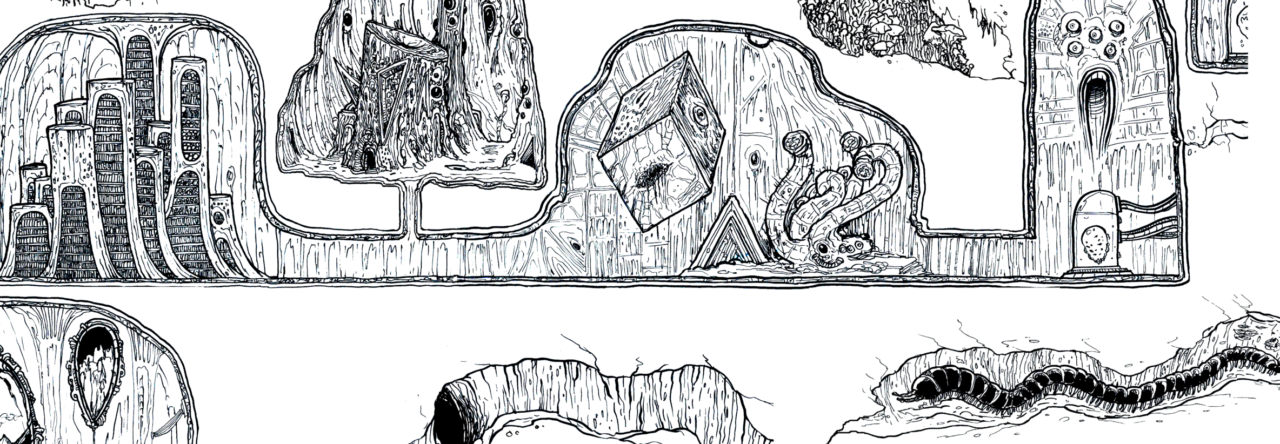This is not a gaming-related post, but may interest some of this blog’s readers, since there’s a certain degree of overlap between my gaming interests and my academic ones.
The University of Wales Press has just published my first academic monograph, A Century of Weird Fiction, 1832-1937: Disgust, Metaphysics and the Aesthetics of Cosmic Horror. This book grew out of my dissertation on weird fiction, completed at the University of British Columbia.

The book is a study of weird fiction by key authors during the period indicated, beginning with Poe and ending with Lovecraft. In essence, it argues that in contrast with many of the clasically Gothic works that the Weird grows out of, weird fiction is focused not on human interiority – psychology, history, taboos, the buried secrets the Gothic spectrally manifests – but on the non-human, on the nature of reality itself. Furthermore, it suggests that the aesthetic key to this investigation into the primal, mysterious nature of things lies in the power of disgust. Disgust arises when what we’ve demarcated as “not-us” encroaches upon what we’ve defined as “us” – when the self is threatened with contamination from the Outside. Weird fiction, I argue in the book, is obsessed with this kind of confrontation, a breach of borders queasily suggesting that many of our self-conceptions are delusions – especially the idea that we are trascendental souls or hermetically sealed selves that can be separated from the unclean, physical world around us. Instead, these texts intimate, we are enmeshed in a seething, oozing, often eerily agentive morass of roiling materiality, a chaotic, messy, deeply weird universe. In the works of authors like Lovecraft, Hodgson, Blackwood, and others, stable boundaries between us and not-us, the self the the world, are exposed as anthropocentric conceits.
There’s a lot about monsters, slime, sentient tree-things, possession, putrescence, quasi-molluscoid hill-people, infectious fungi, and similar glooping horror. While written primarily for a scholarly audience, I’m of the belief that works of literary criticism don’t have to be rendered in dry, antiseptic prose, or as a stream of dense abstractions only intelligible to experts in continental philosophy. Indeed, I was playfully accused in my thesis defense of having adopted something of the style of weird fiction itself – lush, ornate, and a touch lurid – a charge to which I proudly plead guilty.
A Century of Weird Fiction, 1832-1937: Disgust, Metaphysics and the Aesthetics of Cosmic Horror is available through U of Wales Press, U of Chicago Press for North American distribution (there may currently be some delays there), and can be pre-ordered on Amazon and Indigo.
